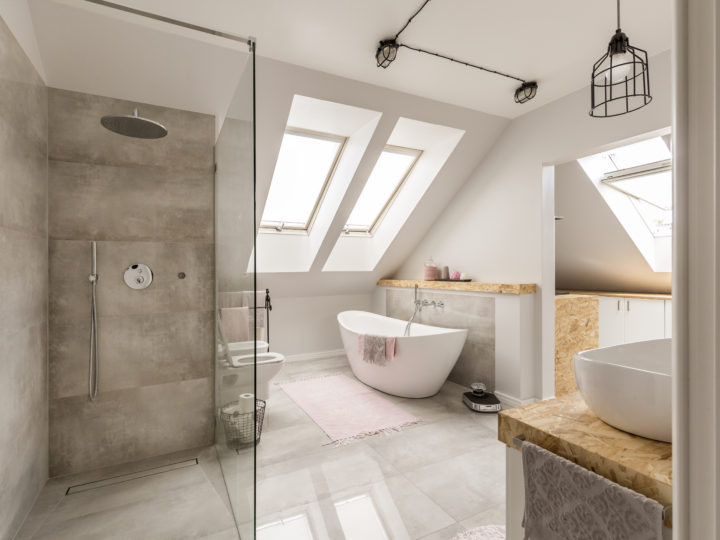What was once a philosophy rooted in Daoist tradition over 8000 years ago, is now a buzzword. Most of us have heard of acupuncture and know it involves sticking needles into people in weird places, but do not know much more than that.
Acupuncture is an ancient Chinese medical practice that involves using thin, sterile needles to stimulate points on the body. This practice is based on the concept of “qi”, or energy, and is often sought for pain management. Acupuncture may also involve the use of electrical stimulation, or the application of heat or pressure. Acupuncturists are trained to listen, observe, and diagnose patients and choose the course of treatment that will target their malalignments.
Although a medical degree is not required, not just anyone can open up an office and practice acupuncture.
In order to become an acupuncturist, you first have to study acupuncture at any school accredited by the Accreditation Commission for Acupuncture and Oriental Medicine (ACAOM). Applicants to accredited acupuncture schools must first complete at least two years of study at the baccalaureate level, and many schools require a bachelor’s degree. Students in acupuncture programs take courses in Oriental medical theory, diagnosis and treatment techniques, Oriental herbal studies, integrated acupuncture and herbal clinical training and biomedical clinical sciences. Students that graduate the program, usually graduate with a master’s degree which in most states, is the minimal educational requirement to even be able to practice.
So how will your appointment go?

Usually on your first appointment, you will have a consultation with the acupuncturist.
If you feel comfortable, then you can most likely have your first session that same day. Depending on your complaints and symptoms, needles will be placed on acupressure points all over the body. Do not fear however, the needles are much smaller than you think and are smoother and not harsh like hypodermic needles that are used for taking blood. Many patients are actually surprised at how painless the procedure is. Depending on your case, an appointment can last between ten and thirty minutes and the frequency of your visits will be determined by your acupuncturist. Some people feel better after their first treatment while others with chronic problems might require several visits to feel relief.
The benefits of acupuncture are almost endless.
Studies have shown acupuncture to safely reduce chronic pain such as muscle spasms, headaches, osteoarthritis, back pain, and knee pain. There have also been recent studies, as well as current research showing how acupuncture can be an effective part of combination treatment for insomnia, anxiety, and even depression. If you are someone who is suffering from any of these conditions (or any condition not listed above) and would like an extra boost in your treatment, talk with your doctor or go see an acupuncturist for a consultation and see if acupuncture would be a good fit for you. Go show your body that it can stick it (literally) and say goodbye to any daily deterrent you may have.


